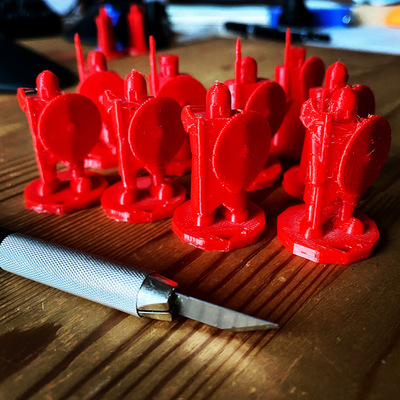
|
Index Card |
| 2021-02-23 |
Index Card
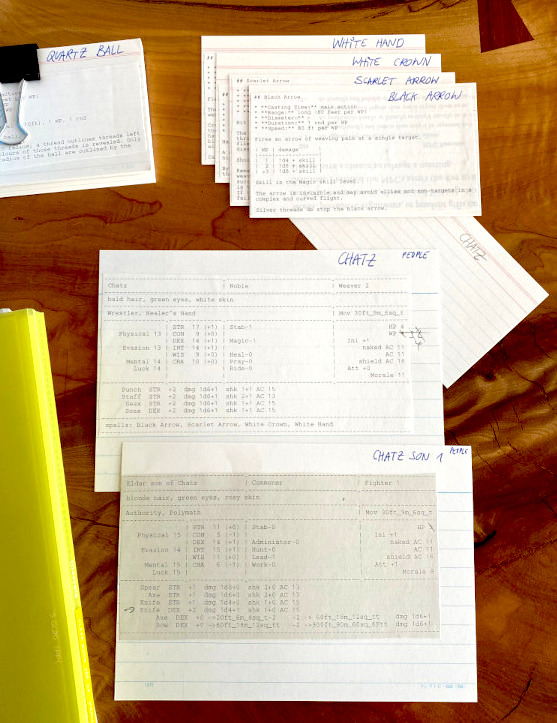
Another session, another experimentation.
I am not writing about the excellent Index Card RPG, I am writing about plain index cards, in size B6 and in size 3 by 5.
Wikipedia says
Carl Linnaeus invented the index card in order to help deal with the information overload facing early scientists that occurred from overseas discoveries. Linnaeus had to deal with a conflict between needing to bring information into a fixed order for purposes of later retrieval, and needing to integrate new information into that order permanently. His solution was to keep information on particular subjects on separate sheets, which could be complemented and reshuffled. In the mid 1760s Linnaeus refined this into what we call index cards.
What am I shuffling? Taxonomies? Swedish RPG advertisement fliers? No, for now, I'm shuffling NPCs, spells, Wolves of God foci, places, pictures, and "nodes".
Why the shuffling? "ordinateurs" as they say in French, replaced index cards a while ago. Yes, computers are useful and are part of all the preparation work, but they're currently not allowed at the table. The only time we used computers directly at the table was during session zero when Oswald and Anders got their names by googling for "Saxon names" and "Norwegian names" respectively.
We could also say that "the players forgot about their smartphones" is a measure of success for the tabletop RPG sessions.
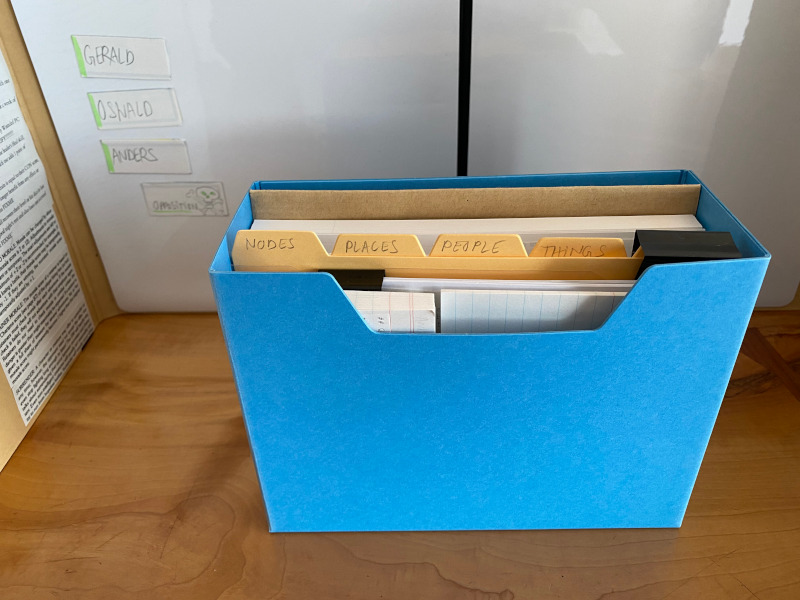
The workspace of a laptop or a tablet, is virtually bigger than the surface behind my ref screen, but I find it easier to navigate NPC profiles by arranging cards there, tracing down hit points and magic points.
While preparing last Friday's session and preparing those index cards, I told to myself that I'd have nodes, places, people, and items. I used B6 cards for this.
The "items" category should probably be renamed to "pictures". I had pictures of a long ship, a knarr, a row boat, a spatha, and a leather armor, we're lucky to play in Dark Ages England, there are enough reenactors and reconstitutions, there are pictures. Those images ended up spending the most of the session clipped on the player side of the ref screen. There was also a streetview picture of the cliff the characters climbed.
The "people" category contained my main NPCs' profiles and a set of randomly generated NPCs. The next time, I'll probably separate main NPCs from "random" NPCs. One of the main NPCs was a spellcaster, so I had spell cards ready for him (3 by 5 for those).
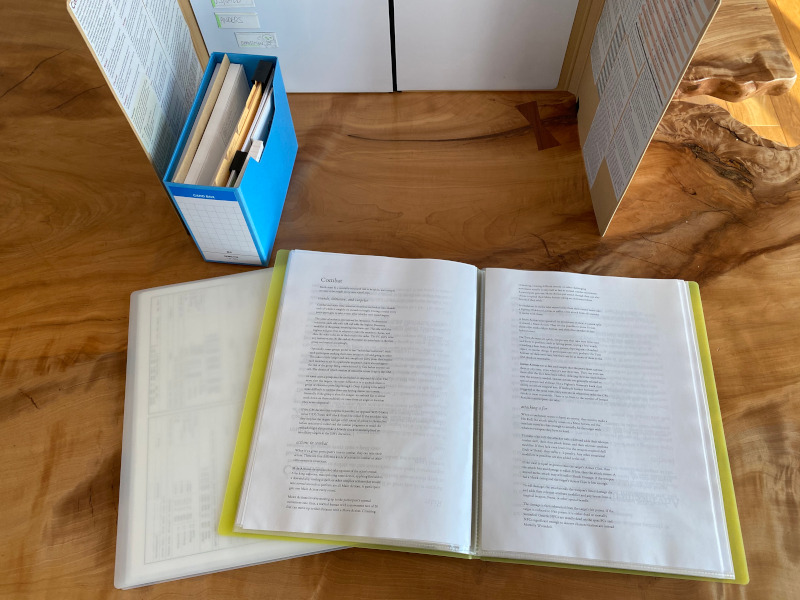
Places, well, I only had one card ready for them. There were three places navigated during the session, the missing two were improvised (not rolled).
I had high hopes for the "nodes" category. I wanted to call it "scenes" or "situations", I wanted to have a list of prequisites or triggers, and then a list of possible outcomes. I made only one, half botched. Fight on the beach to assert leadership on a pack of danish youngsters. I need to refine.
Another thing I layed on B6 index cards are "foci". They are special knacks or talents characters have developed. Both my PCs and my NPCs may thus be endowed, so I have them at hand, on index cards.
B6 is quite big for index cards, they feel like postcards. I think that it's excellent for NPC sheets. More "traditional" index cards are three by five inches.
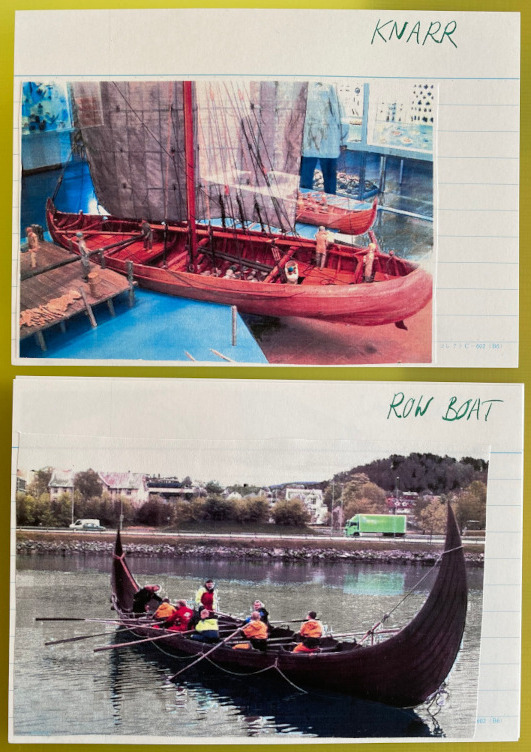
I have printed spells each on their 3x5 index card. I have a complete set for me and I have printed the five known spells of Anders and given them to him. Similarly, I will print the foci of each character on 3x5 for the next session.
We have no rulebooks on the tables, only summary printouts of the Wolves of God variant we're using.
All in all, it's getting very tactile, the information is available on index cards, immersion is helped by "postcards", hit points and magic points are 3d printed tokens, we measure movement and ranges with 30 feet sticks, etc...
I have to get better at splitting my "nodes" and "places" (or at completely forgetting about doing it, it's even easier if it's loaded in my head, for direct access). As long as I have cards for NPCs and encounters, I'm ready and I can weave around those central cards.
I'll see where this index card experimentation will lead me.
To print more easily, I wrote a tool, t2card to generate PDFs targetted at B6 or three by five. I then print and with some cutting and pasting, I have my cards. It's the right width, the right font size (for my aging eyes at least). I print Markdown as text, it's OK, marker pens are used for extra effect.
One last thing that intrigues me, a last wink at ICRPG, is that three by five inches make three by five squares (B6 is something like 5 by 7 squares) and it would be fun to pop "terrain pieces" on cards.
